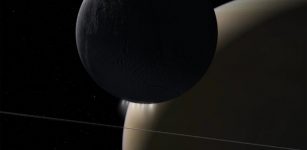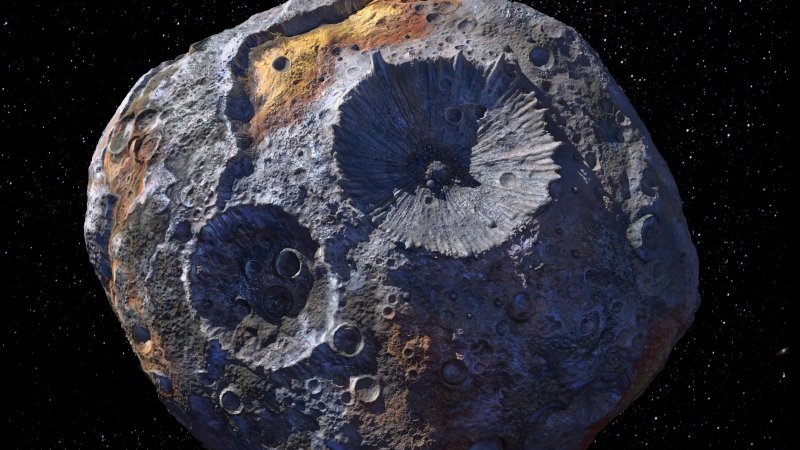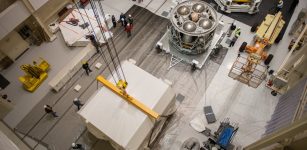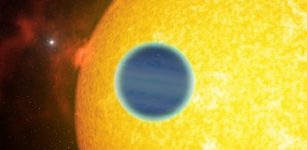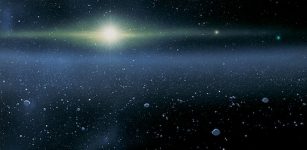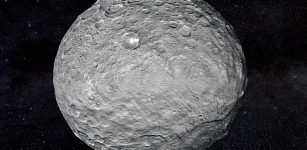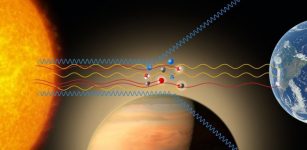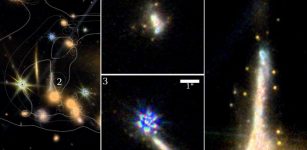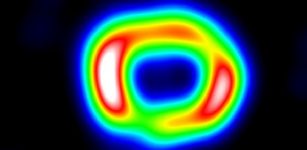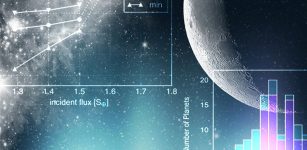Two Tiny CubeSats Will Join HERA Mission To Didymos Asteroid System
MessageToEagle.com – In 2023, Hera – named after the Greek goddess of marriage – would travel to a binary asteroid system – the Didymos pair of near-Earth asteroids. The spacecraft will carry two tiny CubeSats for deployment around – and eventual landing on – the Didymos asteroids.
Each companion spacecraft will be small enough to fit inside a briefcase, as compared to the desk-sized Hera.
CubeSats are nanosatellites based on standardized 10 cm-sized units. Hera has room to deliver two ‘six-unit’ CubeSat missions to the Didymos asteroid system – a 780 m-diameter mountain-sized main body is orbited by a 160 m moon, informally called ‘Didymoon’, about the same size as the Great Pyramid of Giza.
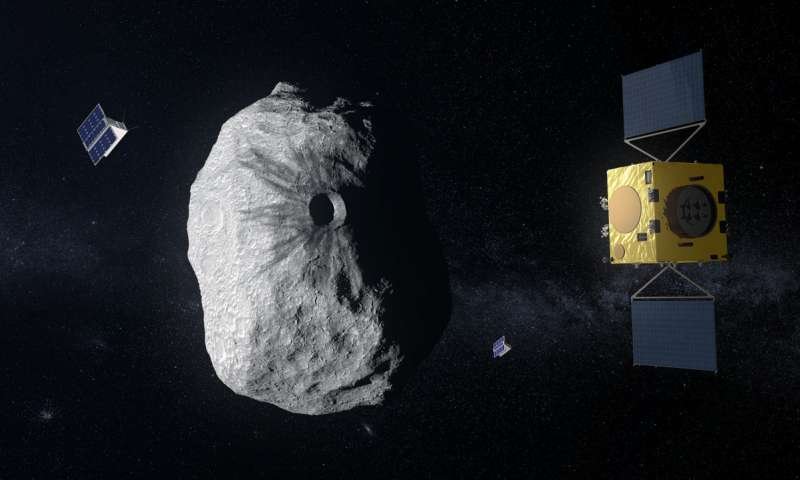
The Hera mission received proposals for CubeSats from across Europe, and an evaluation board has now made the final selection.
“We’re very happy to have these high-quality CubeSat missions join us to perform additional bonus science alongside their Hera mothership,” Hera manager Ian Carnelli, said in a press release.
“Carrying added instruments and venturing much closer to our target bodies, they will give different perspectives and complementary investigations on this exotic binary asteroid. They will also give us valuable experience of close proximity operations relayed by the Hera mothercraft in extreme low-gravity conditions. This will be very valuable to many future missions.”
The first CubeSat companion is called the Asteroid Prospection Explorer (or ‘APEX’) will perform detailed spectral measurements of both asteroids’ surfaces – measuring the sunlight reflected by Didymos and breaking down its various colors to discover how these asteroids have interacted with the space environment, pinpointing any differences in composition between the two. In addition, APEX will make magnetic readings that will give insight into their interior structure of these bodies and it will land on one of the asteroids, gathering valuable data.
The other CubeSat (Juventas), will measure the gravity field as well as the internal structure of the smaller of the two Didymos asteroids and it will line up with Hera to perform satellite-to-satellite radio-science experiments and carry out a low-frequency radar survey of the asteroid interior, similar to performing a detailed ‘X-ray scan’ of Didymoon to unveil its interior.
Finally it will land using the dynamics of any likely bouncing to capture details of the asteroid’s surface material – followed by several days of surface operations.
MessageToEagle.com

